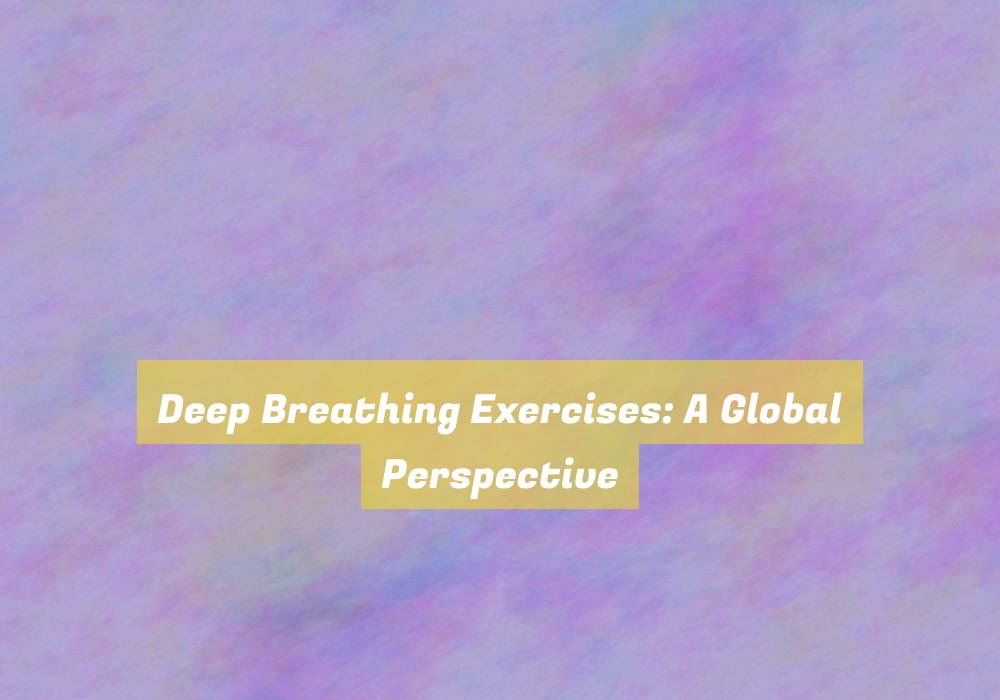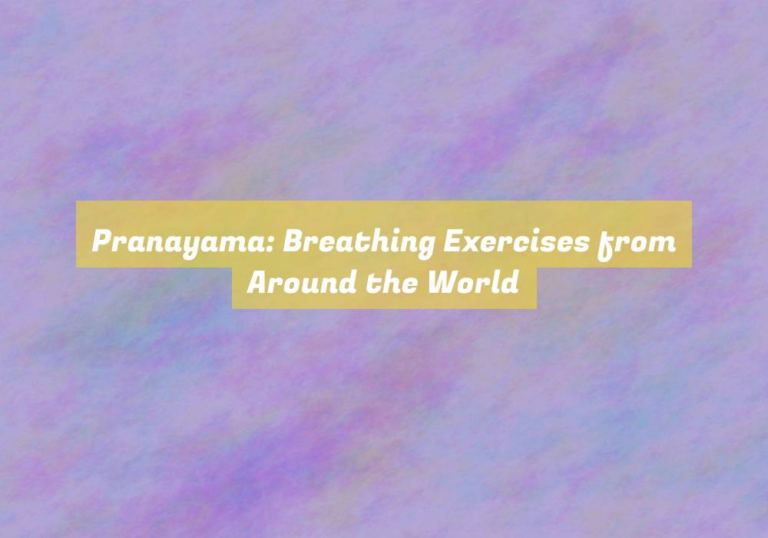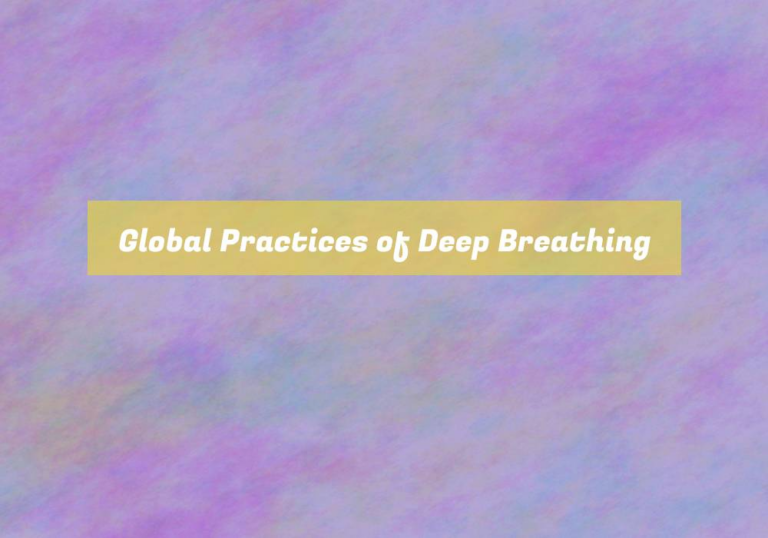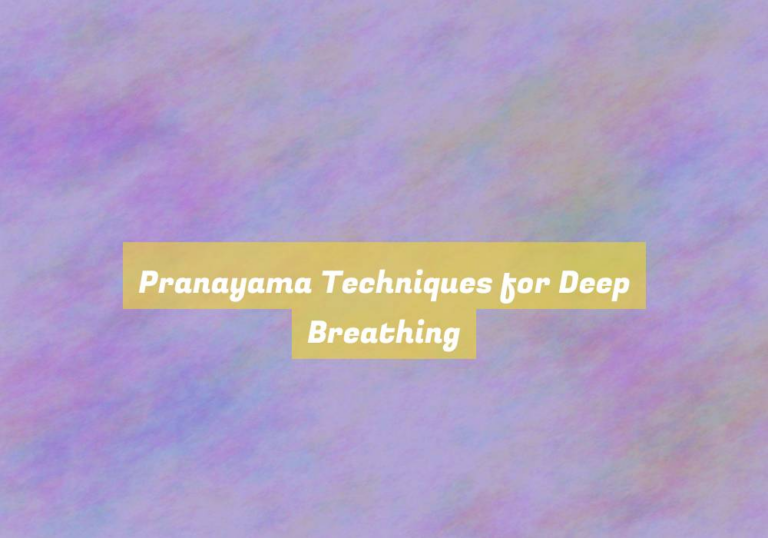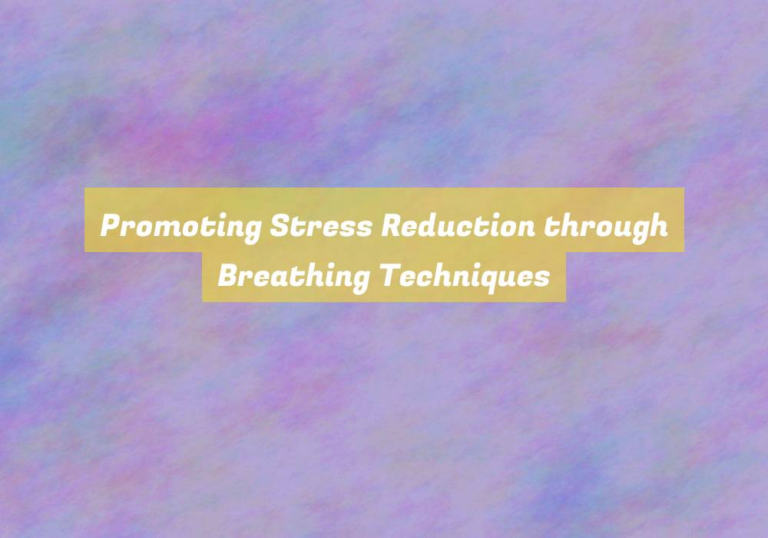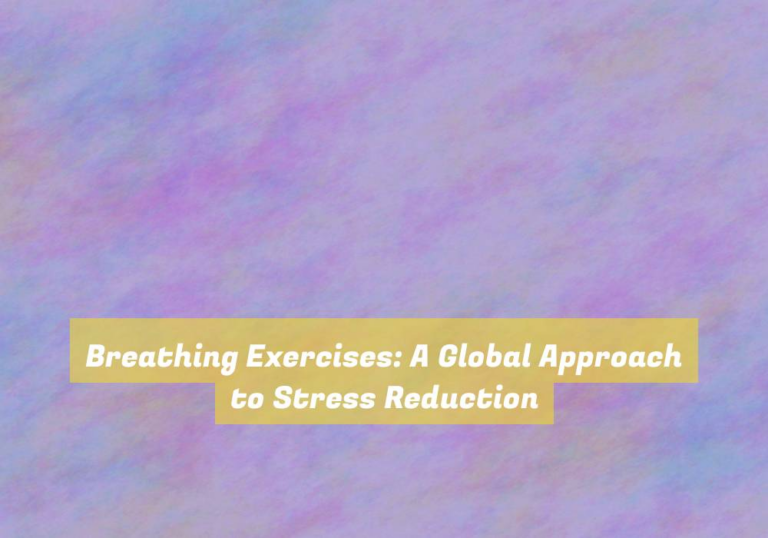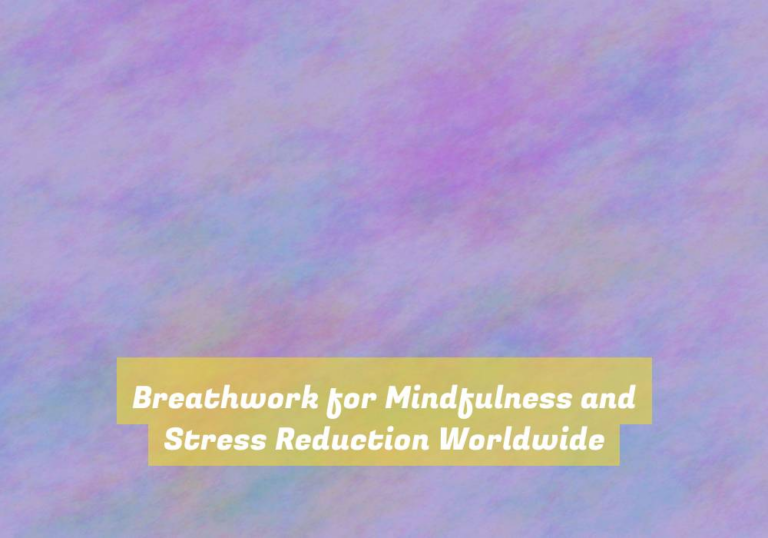Deep Breathing Exercises: A Global Perspective
Imagine a serene mountaintop, where the crisp air fills your lungs with each deep breath, bringing a sense of calm and clarity.
Deep breathing exercises have been a part of diverse cultures across the globe for centuries, each with its own unique traditions and practices.
From ancient Eastern meditation techniques to modern Western stress-relief methods, the art of deep breathing has transcended borders and is now gaining recognition for its profound physiological and psychological benefits.
But what exactly are the historical origins of these practices, and how do different cultures approach the art of deep breathing?
Join us as we explore the global perspective of deep breathing exercises and uncover the fascinating insights that emerge from this ancient yet ever-evolving tradition.
Historical Origins of Deep Breathing
The practice of deep breathing has ancient roots, dating back to various cultures and traditions around the world. In ancient India, the practice of deep breathing was an integral part of yoga and Ayurveda, where it was known as G??pranayama,G?? or the control of life force through breath. Similarly, in traditional Chinese medicine, deep breathing was used as a way to balance the bodyG??s energy and promote overall well-being. Ancient Greek philosophers and physicians also recognized the importance of deep breathing, incorporating it into their teachings and medical practices.
Deep breathing techniques were also prevalent in Native American and Indigenous cultures, where they were used in ceremonial rituals and healing practices. The concept of deep breathing as a means of spiritual and physical purification can be found in many indigenous traditions around the world.
Throughout history, various cultures have recognized the profound impact that deep breathing can have on physical, emotional, and spiritual health. These ancient practices continue to influence modern approaches to deep breathing exercises, highlighting the timeless and universal significance of this fundamental practice.
Cross-Cultural Practices and Traditions
Across different cultures and traditions, deep breathing practices vary in their techniques and applications, reflecting the diversity of human experiences and perspectives.
In many Eastern cultures, deep breathing is an integral part of traditional practices such as yoga and meditation. These techniques often emphasize diaphragmatic breathing and the use of specific breath patterns to achieve physical and mental balance.
Similarly, in Indigenous cultures, deep breathing is incorporated into healing rituals and ceremonies, with an emphasis on connecting with nature and the spiritual realm through breathwork.
In contrast, some Western cultures have integrated deep breathing exercises into modern therapeutic approaches, such as cognitive-behavioral therapy and stress management programs. These practices often focus on using controlled breathing to reduce anxiety and promote relaxation.
ItG??s fascinating to observe how deep breathing is woven into the fabric of diverse cultural traditions, serving as a common thread that connects humanityG??s quest for well-being and inner peace.
Scientific Research and Physiological Impact
Exploring deep breathing practices in varied cultures has laid a rich foundation for understanding their scientific research and physiological impact. Scientific studies have revealed the profound effects of deep breathing exercises on the body and mind. When you engage in deep breathing, it triggers the parasympathetic nervous system, leading to relaxation and reduced stress levels. This, in turn, lowers blood pressure and improves cardiovascular health. Furthermore, deep breathing enhances oxygenation of the blood, promoting better circulation and improved overall physical well-being.
Physiologically, deep breathing exercises have been found to improve lung function and respiratory efficiency. By practicing deep breathing, you can increase your lung capacity and strengthen respiratory muscles, leading to better oxygen exchange and improved endurance. Additionally, deep breathing has been linked to better digestion and enhanced immune function.
The scientific research on deep breathing is continually expanding, uncovering more benefits such as improved mental clarity, reduced inflammation, and better sleep quality. Incorporating deep breathing into your daily routine can have a significant impact on your physical and mental health, making it a valuable practice across different cultures worldwide.
Contemporary Applications and Global Adoption
Embracing deep breathing exercises in your daily routine can lead to a multitude of contemporary applications and widespread global adoption.
From corporate offices to mindfulness apps, the practice of deep breathing has gained momentum as a tool for stress reduction and improved mental well-being. Major tech companies have incorporated deep breathing features into their smartwatches and fitness trackers, making it easier for individuals to track and improve their breathing patterns.
Moreover, healthcare professionals are increasingly recommending deep breathing exercises as a complementary therapy for various conditions, including anxiety, high blood pressure, and chronic pain. In addition, schools and universities around the world are integrating deep breathing techniques into their curriculum to help students manage exam stress and improve focus.
As the benefits of deep breathing become more widely recognized, its global adoption continues to grow. Countries such as Japan and India have long-standing traditions of incorporating deep breathing exercises into their daily routines, and now, more than ever, other parts of the world are following suit. With the advent of digital platforms and social media, the sharing of deep breathing techniques has transcended borders, contributing to its widespread acceptance and integration into diverse cultures worldwide.
Conclusion
So, now you understand the global significance of deep breathing exercises.
YouG??ve learned about its historical origins, cross-cultural practices, scientific research, and contemporary applications.
Take a moment to incorporate deep breathing into your daily routine and experience the physiological benefits for yourself.
ItG??s a simple practice with a global impact, and itG??s available to everyone.
So, why not give it a try?

